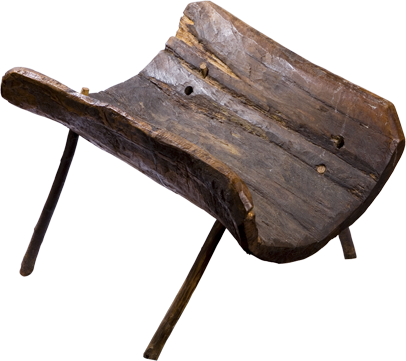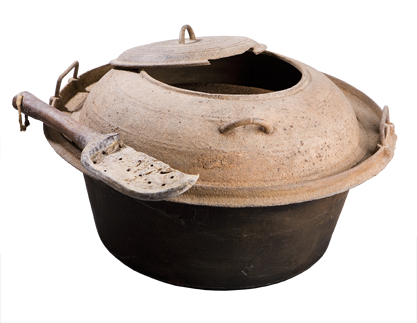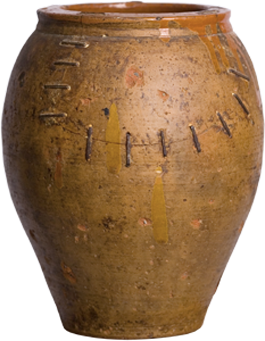The visitor is no sooner seated at the table when the host has already placed a plate of sliced chorizo on the table. The relationship that is established between the visitor and the host takes on a familiar, home-like character.
A glass of Rioja wine will be a must, encouraging conversation and dialogue.







